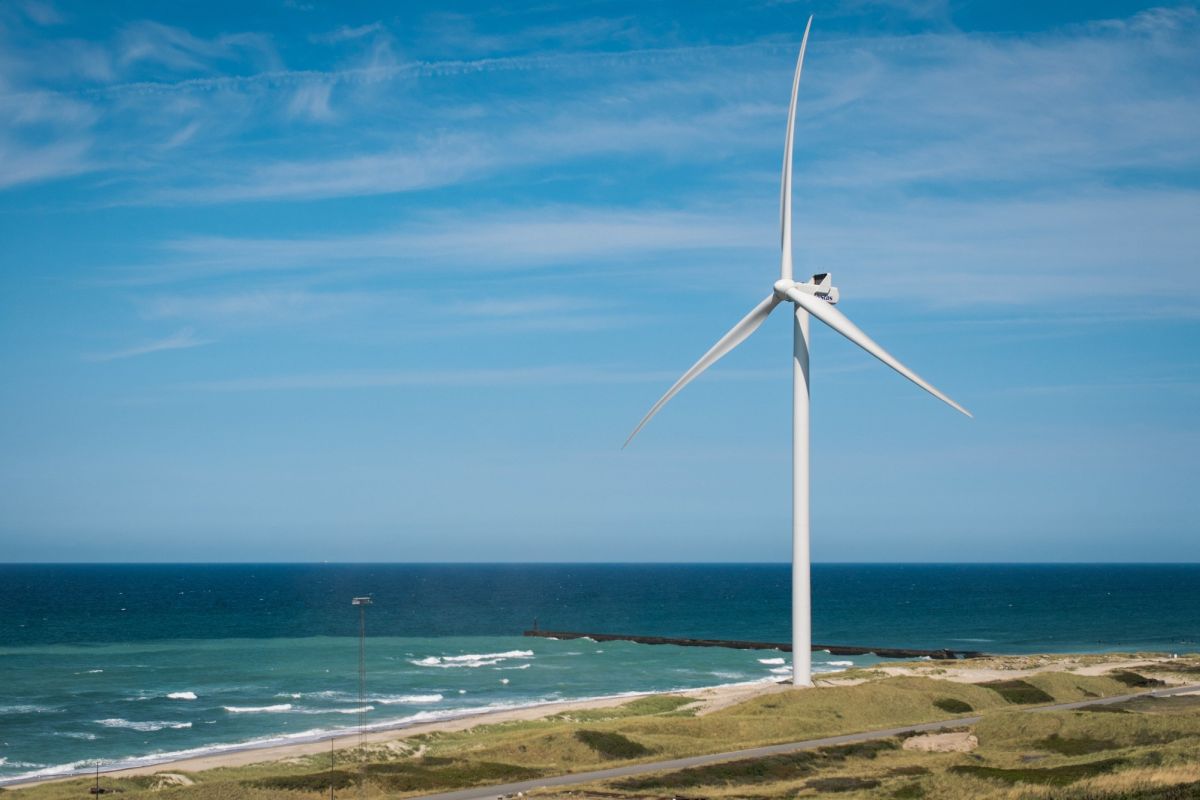WWW.UTILITYDIVE.COM
However, Constellation Energy and Vistra contend AEP and Exelon’s protests over the proposed agreement aim to stifle innovative power supply arrangements for data centers.
The Federal Energy Regulatory Commission should reject or hold a hearing process on proposed changes to an interconnection service agreement, or ISA, that would provide power directly from a majority-owned Talen Energy nuclear power plant to an Amazon data center, the PJM Interconnection’s market monitor said Wednesday.
The proposed ISA raises market issues, and the agreement could set precedent for co-located load at other nuclear and non-nuclear power plants in PJM, according to Monitoring Analytics, the market monitor.
“PJM needs to provide a comprehensive analysis of the impact of removing significant levels of generation from the market,” Monitoring Analytics said. “PJM has made a series of critical policy decisions that are embedded in this ISA involving, among other things, how backup power is handled, that are very different from positions that PJM has previously taken on related matters in the stakeholder process.”
The market monitor said key questions include: How will load be met in PJM if multiple baseload power plants are effectively removed from the market? How would it affect power flows? How would it affect energy and capacity prices?
PJM had 32.2 GW of nuclear capacity, making up 18% of its installed capacity as of March 31, according to Monitoring Analytics’ most recent market report.
Talen said in March that it had agreed to sell a planned data center campus in Pennsylvania to Amazon’s cloud computing unit, Amazon Web Services, for $650 million. Talen intends to sell power to AWS from its 2,228-MW stake in the Susquehanna nuclear power plant, according to the company.
AWS has agreed to buy power from Talen in 120-MW increments for the data center, which could grow to 960 MW, according to Talen. AWS also has an option to cap its commitment at 480 MW.
To facilitate the sale of power to the co-located data center, PJM in June asked FERC to approve an amended ISA among the grid operator, Susquehanna Nuclear and PPL Electric Utilities. The amended ISA would increase the behind-the-meter connection between the power plant and the co-located data center to 480 MW from 300 MW in the existing ISA.
American Electric Power and Exelon – on behalf of their utilities – challenged the ISA, in part because they claim it could cause an annual shift of up to $140 million in transmission costs onto PJM ratepayers. AEP and Exelon said FERC should start a hearing process to consider the issue, or reject the amended ISA outright.
The idea that Amazon’s co-located data center would be completely separate from the grid is an “illusion,” according to Monitoring Analytics.
“The co-located load will continue to rely on the grid for a range of ancillary services including frequency control, reactive, spinning reserves, reserves in general, black start, and PJM administrative functions,” the market monitor said. “While the proposed amendment to the ISA is creative, its benefits to the co-located load come at the expense of other customers in the PJM markets.”
If Talen’s model for supplying co-located data centers is widely adopted in PJM, energy prices would rise significantly as supply is removed from the market, according to the market monitor.
“The commission’s decision in this matter, while framed as a narrow issue by Talen, has extremely large significance for the future of PJM markets,” Monitoring Analytics said.
Under Talen’s proposed ISA, the co-located load would avoid paying distribution charges and transmission charges and would not be directly regulated by a state utility commission or FERC, according to the market monitor.
The Pennsylvania Public Utility Commission told FERC that “questions of fact and law remain unresolved” related to the proposed ISA amendment and that the agency should hold a hearing to consider them.
Constellation, Vistra back ISA
Meanwhile, Constellation Energy Generation and Vistra told FERC on Wednesday that the agency should dismiss the concerns raised by AEP and Exelon, saying the proceeding only deals with the interconnection service that PJM provides to the Susquehanna power plant and the ISA amendment.
The protest by the utility companies aims to complicate the proceeding by “throwing spaghetti at the wall in the hope that something, anything, might stick,” the independent power producers said.
“It is yet another attempt by AEP and Exelon to deter or outright prevent the development of new data centers, particularly co-located, behind the meter data centers,” they said, citing AEP Ohio’s proposed rates for data center interconnections.
AEP and Exelon are trying to stop non-utility power plant owners in PJM from serving co-located load so the companies’ utilities would be the only option for meeting the demand for data center infrastructure, Constellation and Vistra said.
An adverse ruling by FERC on the ISA will “introduce regulatory uncertainty about the pace and feasibility of powering these [data center] projects that could jeopardize that economic engine and the national interest,” the companies said.
Nearly all the concern about the ISA is driven by a false assumption that Amazon’s data center will receive services from the grid and shift costs onto other customers, according to Constellation and Vistra.
“Behind-the-meter configurations like this one likely save the cost of transmission upgrades often required for front-of-the-meter interconnections of loads this large, which could be passed on in some instances to all transmission customers,” they said.
If FERC finds there are issues about co-located load that need to be explored, it should direct PJM to conduct a 90-day stakeholder process to do that, according to Constellation and Vistra.
Constellation owns eight nuclear power plants in PJM totaling nearly 16 GW – or about half the nuclear capacity in the grid operator’s footprint, which covers all or part of 13 Mid-Atlantic and Midwest states and the District of Columbia. Vistra owns the Beaver Valley, Davis-Besse and Perry nuclear plants in PJM totaling about 4 GW.
PJM on Monday urged FERC to approve the ISA, saying in part that any review of broad policy issues should be handled outside the proceeding.
Early August FERC action expected
If FERC approves the amended ISA, the agency will likely take additional action, such as launching a proceeding to consider broader issues around co-located load, ClearView Energy Partners said in a client note Thursday. The research firm said it is “skeptical” FERC will reject the amended ISA. It expects FERC to take action on the issue by an Aug. 3 deadline.
There is a “meaningful” – but less than 50% chance – that FERC will launch a hearing process to consider the issues raised by the proposed ISA, which would delay a final decision, Morgan Stanley analysts said in a client note on Tuesday.
“We continue to believe 1) the ISA between Talen and Amazon is valid and FERC is unlikely to impose major changes or transmission charges on the companies, 2) future data center deals with nuclear plants can continue to move forward, and 3) future data center contracts can be structured and electrical configurations can be set to avoid these regulatory pushbacks in subsequent filings,” the Morgan Stanley analysts said.
A Goldman Sachs research newsletter issued late last month raises questions about the future of generative AI and whether utilities and other power suppliers would be able to supply the vast amounts of power it requires.
“AI technology is exceptionally expensive, and to justify those costs, the technology must be able to solve complex problems, which it isn’t designed to do,” Jim Covello, Goldman Sachs head of global equity research, said in “Gen AI: Too Much Spend, Too Little Benefit?.”
Goldman Sachs estimates that about 47 GW of new generating capacity is needed to serve U.S. data center-related load growth through 2030. It would cost about $50 billion, or $7 billion a year, to build the new generation, with transmission and other related infrastructure costing more, according to Carly Davenport, a senior U.S. utilities equity research analyst at the investment firm.
“Between generation, transmission, and distribution needs, we expect the utility companies in our coverage universe [will] spend nearly 40% more from 2024-2027 relative to the prior four-year period, amounting to roughly $140 [billion] on average annually,” Davenport said.












